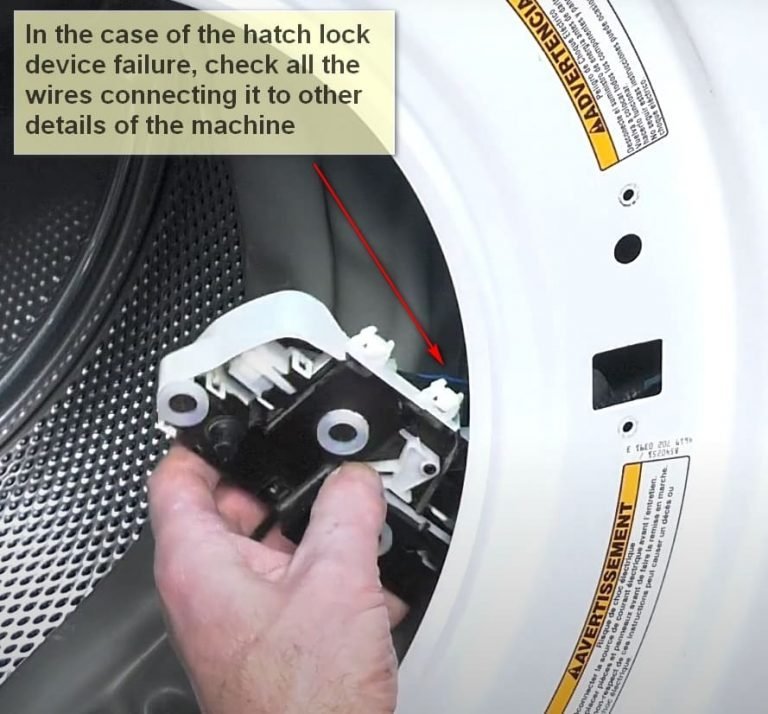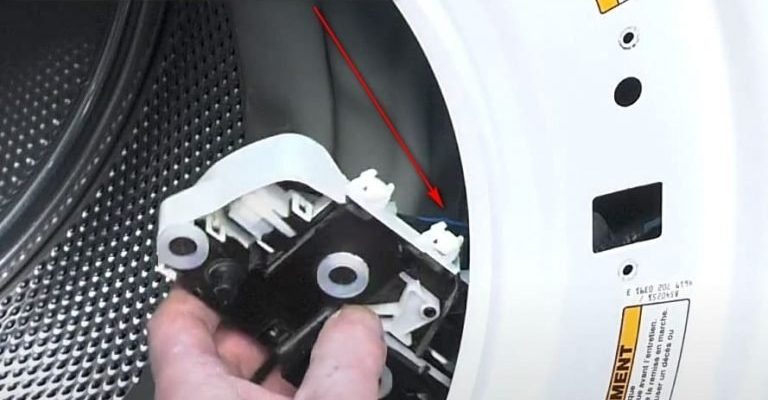
This error code “OE” usually indicates an issue with the washing machine’s ability to drain water properly. Imagine trying to pour water out of a bucket with a blocked spout — frustrating, right? That’s precisely what your washing machine is experiencing when it throws up this error. It’s essentially your machine’s way of saying, “Hey, there’s a problem here; I can’t drain the water out, and I need some help!” Let’s dive deeper into what’s causing this issue and how you can resolve it.
Understanding the Drainage Issue
When your Whirlpool washing machine displays the “OE” error, it’s usually pointing to a drainage problem — much like the aforementioned clogged spout scenario. But what causes these drainage issues in the first place? First, let’s think about the machine’s drainage system as a network of pathways that guide the water out. If there’s a roadblock along these pathways, the water can’t exit, leading to the “OE” error.
One common culprit can be a clogged drain hose. Over time, small particles like lint, dirt, or even coins can sneak their way into the hose, much like sneaky debris clogs a garden hose. This blockage prevents the water from flowing out and is a frequent cause of the error code. If you suspect this might be the issue, a thorough inspection and cleaning of the hose might do the trick.
Another possible cause could be the drain pump. Think of the pump as the machine’s heart, working tirelessly to push water out of the drum. If the pump is worn out or obstructed, it can struggle to perform its duty, leading to drainage issues. At times, something as simple as a sock lodged in the pump can be the mischievous culprit. Regular checks and maintenance of the pump can help keep this problem at bay.
The Role of the Drain Filter
Now, you might be wondering, “Is there anything else that’s crucial in this drainage drama?” Enter the unsung hero: the drain filter. The drain filter acts like a diligent doorkeeper, catching foreign objects before they wreak havoc in your drainage system. But what happens when the filter gets overwhelmed with debris? You guessed it — drainage issues and the dreaded “OE” error.
Over time, bits of fabric, lint, or even tiny objects left in pockets can build up, causing the filter to clog. It’s like trying to drink a milkshake through a straw packed with ice cream chunks. The flow gets blocked, causing a backup. To prevent this, routinely cleaning out the drain filter can be incredibly helpful. It’s a simple task, akin to emptying a crumb tray, and can save you from future headaches.
The drain filter’s role is crucial, and overlooking it can lead to not just error codes but also inefficient washing cycles, as the machine struggles to spin effectively with all that excess water. By checking the filter regularly, you ensure that your washer runs smoothly and efficiently, just like a well-oiled machine — literally!
Potential Issues with the Water Level Sensor
Here’s the deal: if the drain hose and pump check out okay, and the filter’s clean as a whistle, what’s next? The water level sensor might be the unexpected actor in this plot. This sensor is like the machine’s detective, keeping tabs on water levels inside the drum to ensure everything is balanced and running smoothly.
If this sensor malfunctions, it could mistakenly report incorrect water levels to the machine’s control board, leading to draining issues. It’s like trying to cook with a faulty thermostat that keeps giving you the wrong temperature. The machine might either attempt to drain prematurely or not drain at all, resulting in the OE error popping up.
When facing this particular issue, checking the connections leading to the sensor, or even replacing the sensor if necessary, can resolve the problem. It’s always best to consult your owner’s manual or a professional technician when dealing with more technical issues like this to avoid any inadvertent damage.
Keeping Your Whirlpool Washer Error-Free
So, how do you keep your Whirlpool washer running smoothly and avoid the mysterious OE error? Regular maintenance, of course! Just like your car would benefit from regular oil changes, your washing machine thrives on routine care and attention. It’s a simple yet effective way to prolong the life of your appliance and ensure it’s always ready to tackle your laundry needs.
Start by making it a habit to check and clean the drain hose, pump, and filter at least once a month. It may seem like an extra chore, but it can prevent small issues from snowballing into bigger problems. Also, be mindful of the items you put in your machine. Empty pockets and shake out excess dirt before loading your clothes. It’s like a little housekeeping for your washer that keeps things running smoothly.
Finally, be attuned to any unusual sounds or behaviors from your machine. Much like how a rattling sound under the car hood can be a sign of trouble, any odd noises or prolonged cycles from your washer could indicate a problem worth checking. By staying proactive, you can ensure your trusty laundry assistant remains in top form for years to come.
In essence, while the OE error might seem daunting at first, it’s a manageable issue once you understand its common causes. With regular maintenance and a bit of patience, you’ll be able to keep your Whirlpool washer in check and error-free.
